How to Improve Your HPLC Column Efficiency
High-performance liquid chromatography (HPLC) plays a critical role in analytical laboratories for the separation, identification,
Home » Column Frit HPLC for Cap
HPLC (High Performance Liquid Chromatography) column cap frits are small, porous disks with Peek outer ring structure that are used to support the chromatography packing material in the column, while also allowing the mobile phase to pass through. These frits are typically made from sintered stainless steel or polyethylene, and are located at the top and bottom of the column.
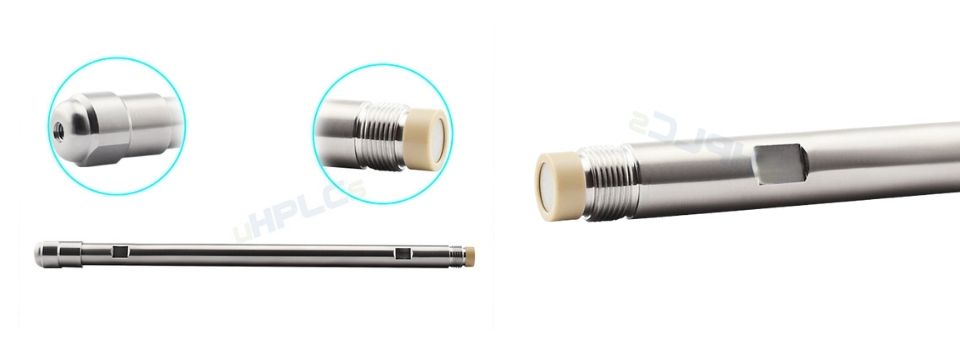
The main function of the frits is to prevent the packing material from escaping from the column, while also ensuring that the sample being analyzed passes through the column evenly. They also help to maintain the pressure within the column, which is crucial for the separation process.
The frits come in various sizes and porosities, and the choice of frit can affect the resolution and efficiency of the separation. A larger pore size frit allows for faster flow rates, but can result in a lower resolution, while a smaller pore size frit can provide a higher resolution, but at the cost of a slower flow rate.
It is important to choose the appropriate frit for the type of analysis being performed, as well as ensuring that the frit is properly installed and maintained to prevent leaks and ensure optimal performance of the HPLC column.
Specification :
1.316L Stainless Steel for UHPLC, Pore Size: 0.2μ, 0.5μ, 2μ
2. Peek for option for Pore Size: 2μ
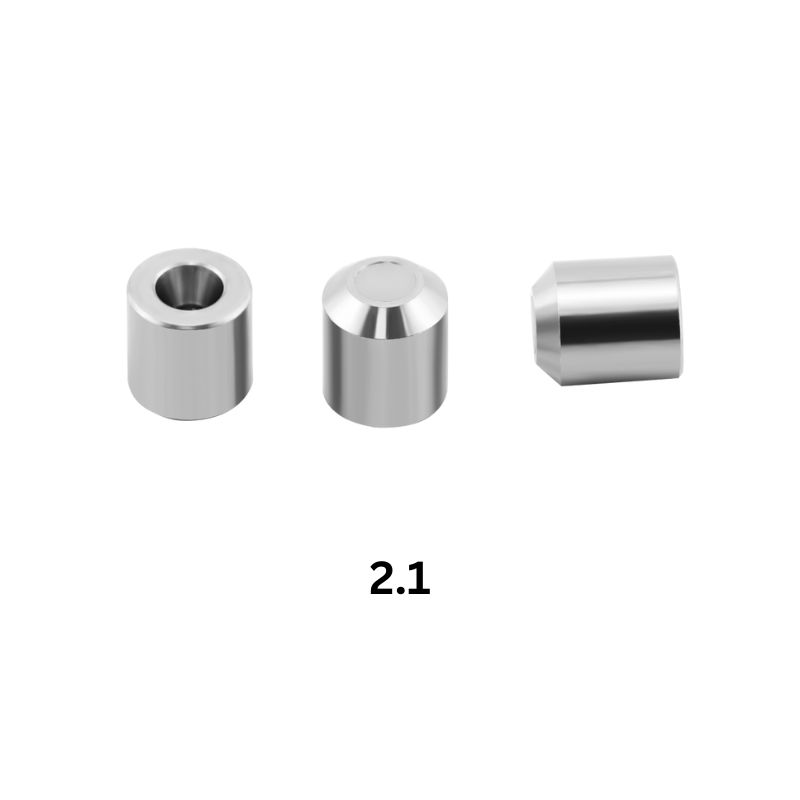
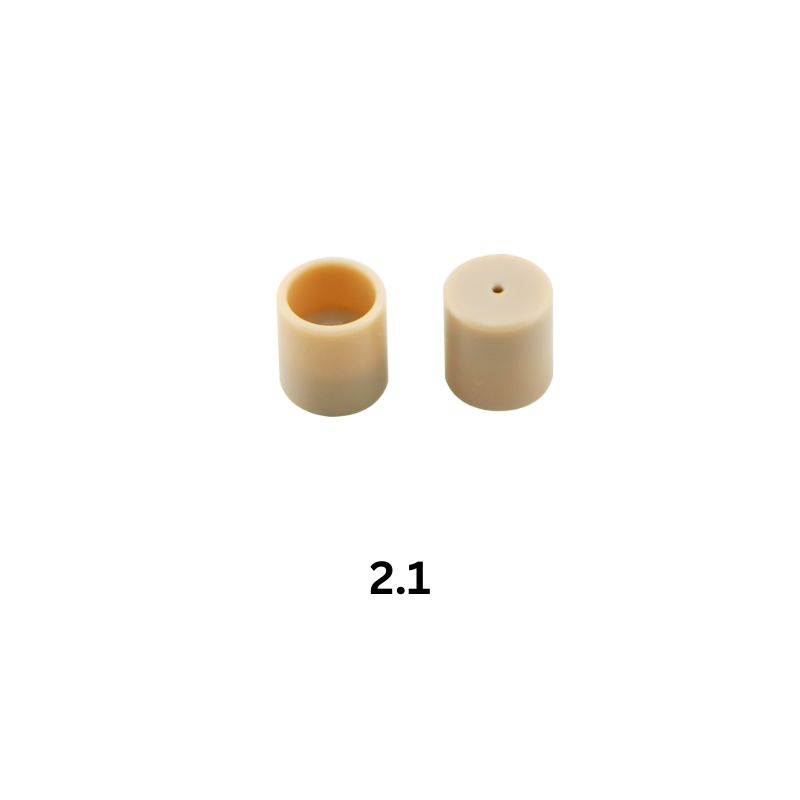
Specification :
1.316L Stainless Steel for UHPLC, Pore Size: 0.2μ, 0.5μ, 2μ
2. Peek for option for Pore Size: 2μ

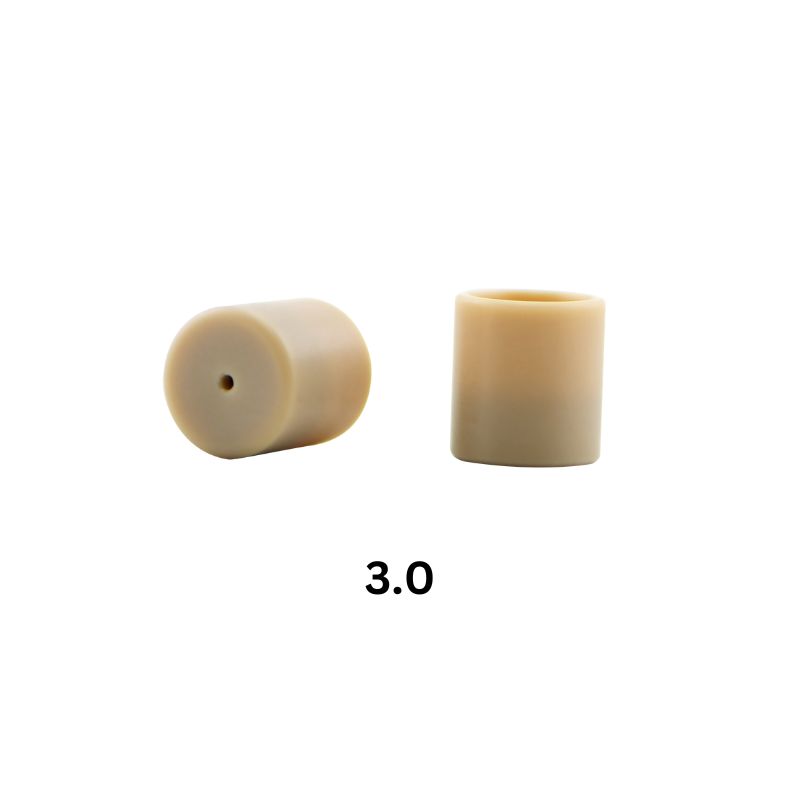
Specification :
Peek Pore Size: PEEK Big Hole: 0.5μ, 2μ, 5μ, 10μ, 15μ, 20μ


Materials
1. 316L Stainless Steel , PEEK
2. Pore Size: 0.5μ, 2μ, 5μ, 10μ, 15μ, 20μ
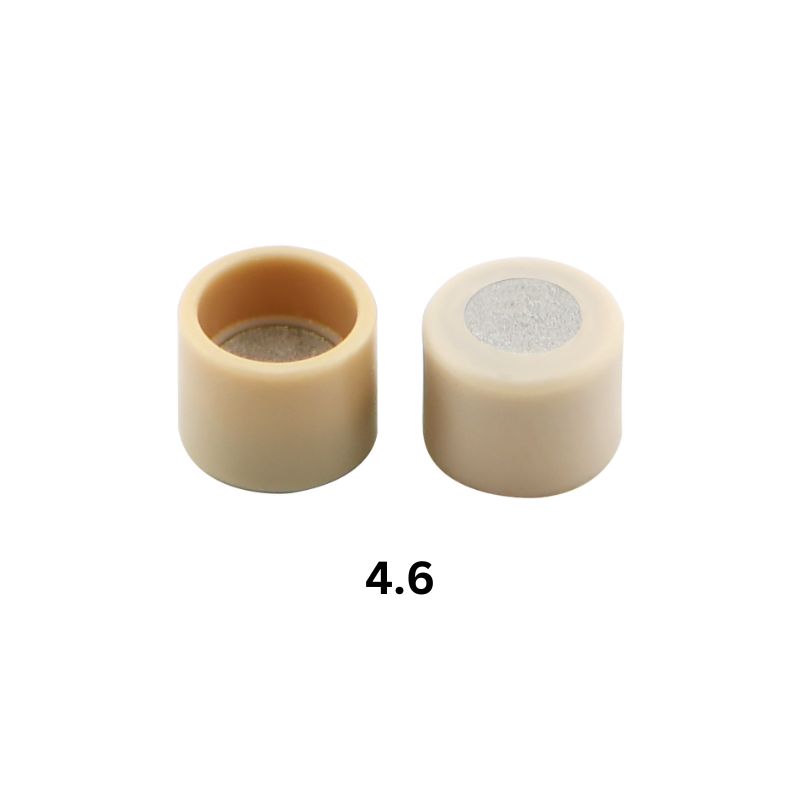
PEEK Big Hole: 0.5μ, 2μ, 5μ, 10μ, 15μ, 20μ

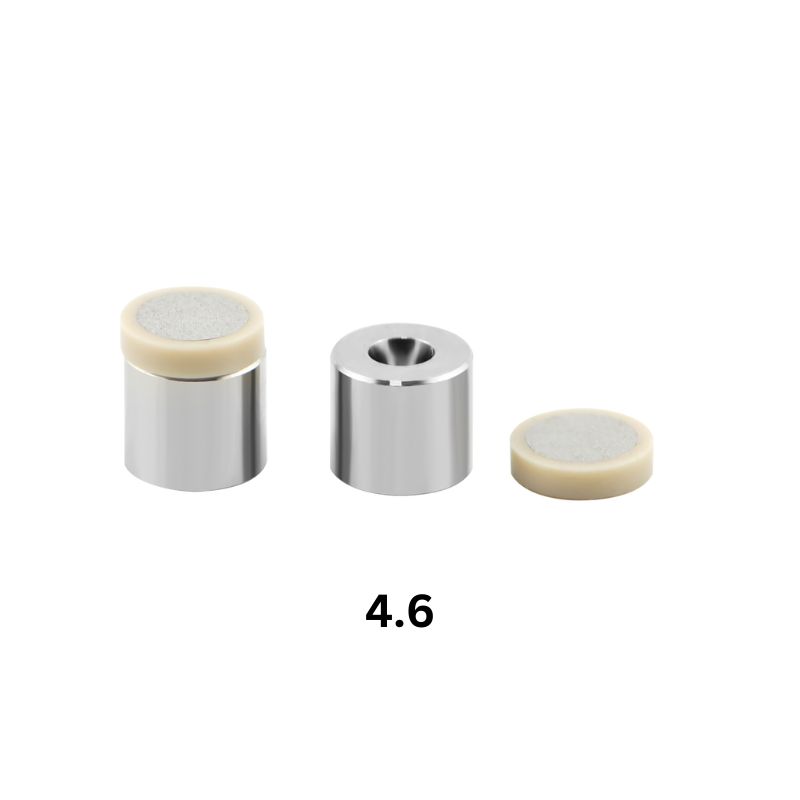
Specification :
1. PEEK Frit: 0.5μ, 2μ, 5μ, 10μ, 15μ, 20μ
2. PEEK Filter: 0.5μ, 2μ, 5μ, 10μ, 15μ, 20μ

PEEK Big Hole: 0.5μ, 2μ, 5μ, 10μ, 15μ
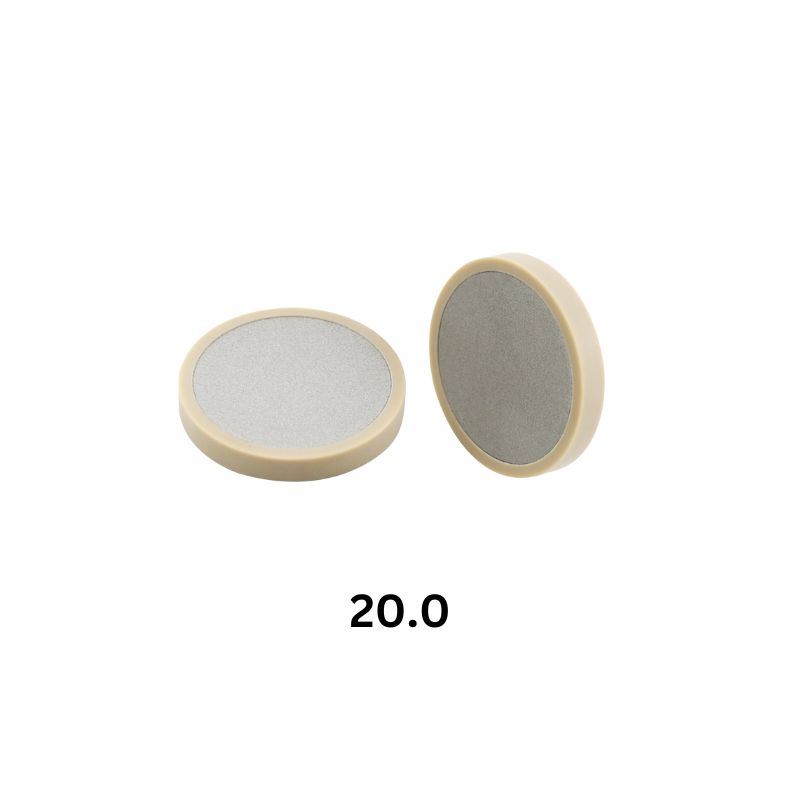


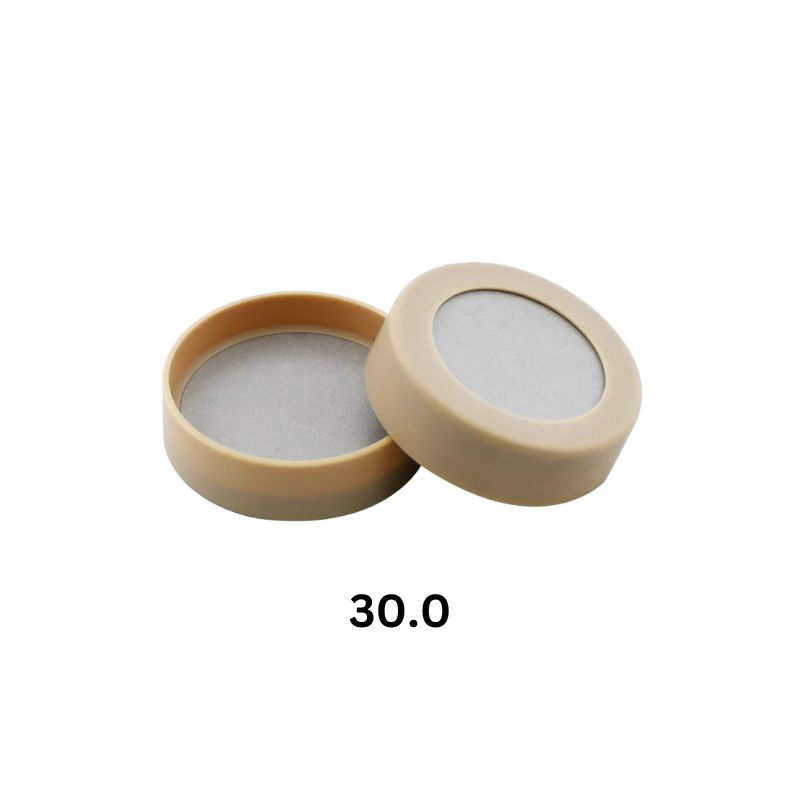

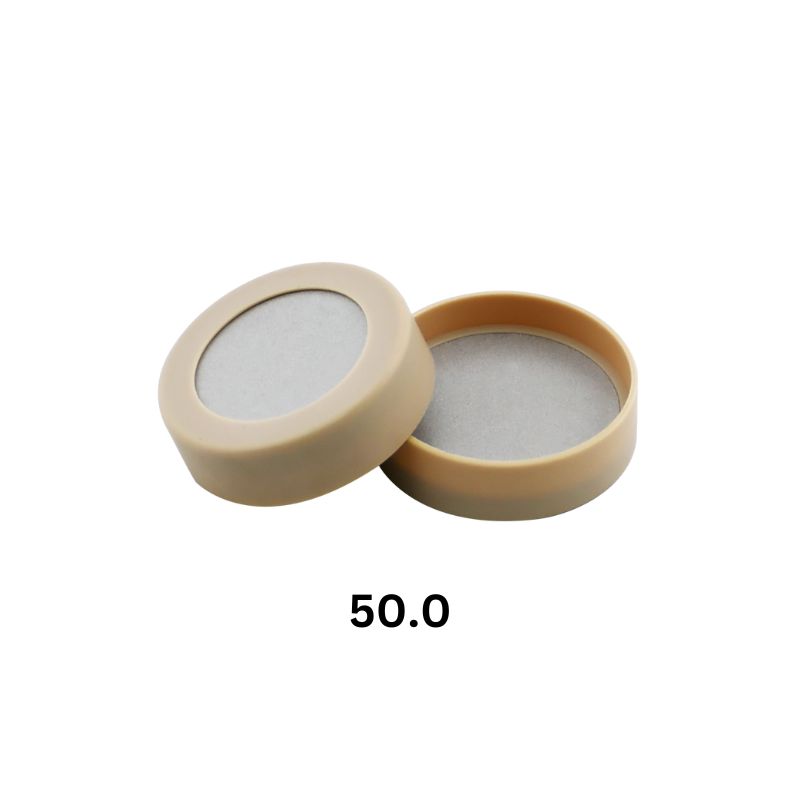
Specification :
1. 316L Stainless Steel for UHPLC, Pore Size: 0.5μ, 2μ, 5μ, 10μ, 15μ, 20μ, 30μ, 40μ,
2. Pore Size OEM Available
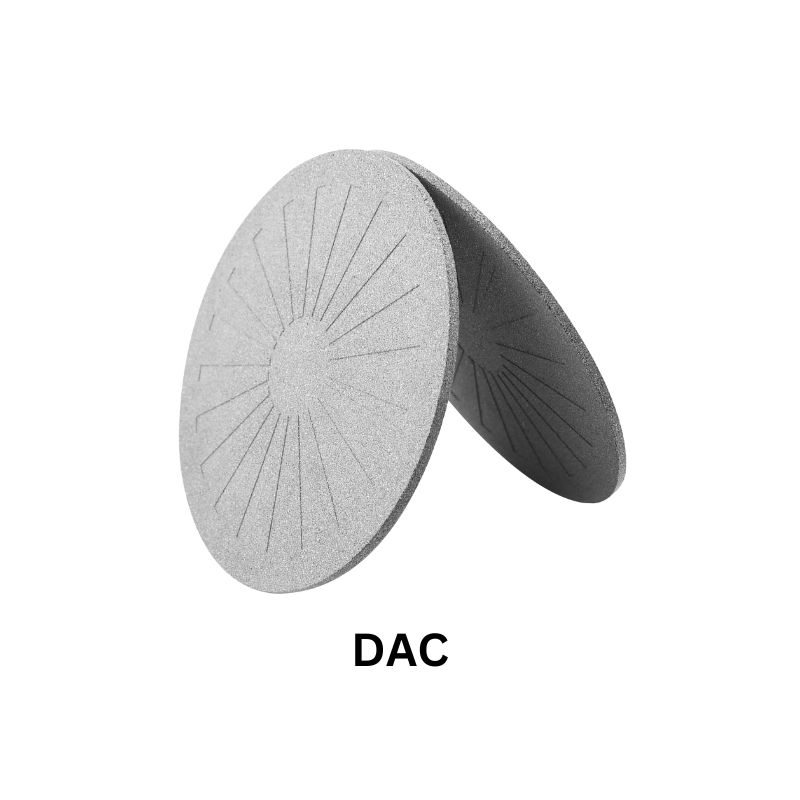
Proin ullamcorper pretium orci. Donec nec scelerisque leo. Nam massa dolor imperdiet nec consequata congue idsem. Maecenas malesuada faucibus finibus.
Porosity: The porosity of the frits is a critical factor in determining the flow rate and resolution of the separation. Frits with smaller pore sizes provide higher resolution but slower flow rates, while larger pore sizes provide faster flow rates but lower resolution.
Material: HPLC column cap frits are typically made of sintered stainless steel or polyethylene, but other materials may also be used depending on the specific application.
Size: Frits come in a range of sizes to fit different column diameters and lengths. It is important to choose the correct size frit for your column to ensure optimal performance.
Compatibility: Frits must be compatible with the mobile phase and sample being analyzed. Some materials may not be suitable for certain types of samples or solvents, and can cause contamination or damage to the frit.
Maintenance: Proper maintenance of the frit is important to ensure optimal performance and prevent leaks. Regular cleaning and replacement of worn or damaged frits is necessary to avoid damage to the column packing material and reduce the risk of sample carryover.
Longevity: HPLC column cap frits are designed to be durable and long-lasting, but their lifespan will depend on factors such as the type of material used, the frequency of use, and the type of samples being analyzed.
uHPLCs Applied 0ver 20 Design Patent for the HPLC Column Cap Frits

Porosity: The porosity of the frits is a critical factor in determining the flow rate and resolution of the separation. Frits with smaller pore sizes provide higher resolution but slower flow rates, while larger pore sizes provide faster flow rates but lower resolution.
Material: HPLC column cap frits are typically made of sintered stainless steel or polyethylene, but other materials may also be used depending on the specific application.
Size: Frits come in a range of sizes to fit different column diameters and lengths. It is important to choose the correct size frit for your column to ensure optimal performance.
Compatibility: Frits must be compatible with the mobile phase and sample being analyzed. Some materials may not be suitable for certain types of samples or solvents, and can cause contamination or damage to the frit.
Maintenance: Proper maintenance of the frit is important to ensure optimal performance and prevent leaks. Regular cleaning and replacement of worn or damaged frits is necessary to avoid damage to the column packing material and reduce the risk of sample carryover.
Longevity: HPLC column cap frits are designed to be durable and long-lasting, but their lifespan will depend on factors such as the type of material used, the frequency of use, and the type of samples being analyzed.

High Quality HPLC Column 316L, 316 Stainless Steel Tube Materials

Design New HPLC Columns 100% As Clients Request

Make HPLC Column Samples And Test Before Mass Products.






High Quality HPLC Column 316L, 316 Stainless Steel Tube Materials

Design New HPLC Columns 100% As Clients Request

Make HPLC Column Samples And Test Before Mass Products.
HPLC column cap frits are used in a wide range of applications in the field of analytical chemistry, particularly in high-performance liquid chromatography (HPLC). Here are some examples of how HPLC column cap frits are used:
Pharmaceutical analysis: HPLC column cap frits are commonly used in the analysis of pharmaceutical compounds, including drugs and their metabolites. The frits help to maintain the separation efficiency and prevent contamination of the column packing material.
Environmental analysis: HPLC column cap frits are used in the analysis of environmental samples, including water, soil, and air. The frits help to ensure that the sample is evenly distributed and that the separation is consistent.
Food analysis: HPLC column cap frits are used in the analysis of food samples, including additives, preservatives, and contaminants. The frits help to prevent the contamination of the packed column and ensure accurate separation of the sample components.
Biotechnology: HPLC column cap frits are used in the analysis of proteins, peptides, and other biomolecules. The frits help to maintain the integrity and performance of the packed column, which is crucial for accurate separation and identification of the sample components.
Overall, HPLC column cap frits are a critical component of many analytical applications, and their proper selection and use are essential for achieving accurate and reliable results.


HPLC column cap frits retain stationary phase packing while allowing mobile phase to flow. They must withstand high pressures and come in various sizes and porosities. Proper maintenance is essential for accurate HPLC analysis.
As Follow are Some Frequently Questions, Please Check As Following, Let Us Know Your Questions Too.
A column cap frit is a small, porous disk that is used to protect the HPLC column from particulate matter and other contaminants. It is typically made of stainless steel or titanium and is located at the end of the column.
The column cap frit serves two main purposes: to prevent particulate matter and other contaminants from entering the HPLC column and to ensure a consistent flow of mobile phase through the column.
Column cap frits should be replaced whenever they become clogged or contaminated, which can occur after extended use or if the sample being analyzed contains particulate matter or other contaminants. It is recommended to replace frits every 3-6 months or after 50-100 injections, whichever comes first.
The most common materials used to make column cap frits are stainless steel and titanium, although other materials such as PEEK and glass can also be used.
The choice of column cap frit depends on several factors, including the column dimensions, the mobile phase, and the sample being analyzed. It is important to consult the HPLC column manufacturer’s specifications and recommendations to ensure the correct frit is used.
The ideal pore size for a column cap frit depends on the size of the HPLC column and the nature of the sample being analyzed. Generally, frits with pore sizes of 2-5 µm are suitable for most applications.
High-Performance Liquid Chromatography (HPLC) column cap frits play a crucial role in the functioning of HPLC columns. These small, porous components are located at both ends of the column and serve several essential functions:
Particle Retention: HPLC column cap frits are designed to retain the stationary phase packing material inside the column while allowing the mobile phase (liquid chromatography solvent) to flow through. They prevent the escape of small particles and keep the stationary phase in place, ensuring consistent and efficient separation of analytes.
Deaeration: During the HPLC process, it’s essential to remove any air bubbles or trapped gas from the mobile phase, as they can interfere with accurate and reproducible chromatographic results. Frits help in the deaeration process by breaking down and dispersing these bubbles, allowing the mobile phase to flow smoothly through the column.
Pressure Equalization: HPLC columns operate under high-pressure conditions to improve separation efficiency and speed. Frits provide pressure equalization by allowing the mobile phase to flow evenly through the column while maintaining a consistent pressure gradient. This ensures stable and reliable chromatographic results.
Sample Distribution: Frits also aid in distributing the sample evenly across the stationary phase. This uniform distribution is crucial for achieving accurate and reproducible separations, especially when dealing with complex mixtures.
Protection of Column Packing: HPLC columns can be delicate, and their packing materials can be susceptible to damage. Frits act as protective barriers, preventing any mechanical stress or contamination from entering the column and damaging the stationary phase.
HPLC column cap frits are typically made from porous materials such as stainless steel, polyethylene, or PTFE (polytetrafluoroethylene). These materials allow the mobile phase to pass through while retaining particles and air bubbles.
In summary, HPLC column cap frits are essential components that contribute to the efficiency, accuracy, and longevity of HPLC columns. They retain the stationary phase, aid in deaeration, equalize pressure, distribute samples, and protect the column packing material, all of which are critical for achieving reliable and consistent chromatographic results in analytical and scientific applications.
Column cap frits can be cleaned and reused, but this is not recommended as it can be difficult to completely remove all contaminants and may lead to inconsistent results. It is recommended to replace frits whenever they become clogged or contaminated.
A damaged or clogged column cap frit can result in poor column performance, including reduced separation efficiency, decreased resolution, and inconsistent retention times. It can also cause damage to the HPLC column and other system components.
Contact uHPLCs Today for Any Questions for HPLC / UHPLC
High-performance liquid chromatography (HPLC) plays a critical role in analytical laboratories for the separation, identification,
High-performance liquid chromatography (HPLC) systems rely on a range of components, from tubing and fittings
In high-performance liquid chromatography (HPLC), accuracy and consistency are paramount. However, even with the most

https://uhplcs.com/wp-content/uploads/2025/04/New-Flat-Design-Solvent-Filter-2025-1_batch.mp4 Flat Type 3-Step Connector HPLC Solvent Suction Filter Item: PCF0B-00140 The HPLC Flat Type Solvent Filter is a high-performance filtration solution designed to improve solvent
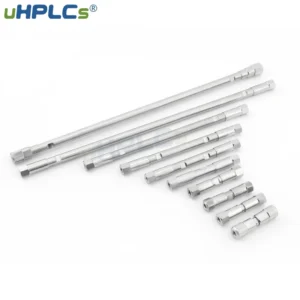
USHD HILIC-Zil Hilic HPLC Column USHD Hilic-ZIL Column is a hydrophilic interaction ion exchange column designed with bonded zwitterionic functionalities, enabling efficient separation of acidic,

USHD HILIC-Amide Hilic HPLC Column USHD Hilic-Amide Column is a chimeric HILIC hydrophilic interaction column based on amide bonding, offering similar retention behavior to HILIC
Superior Quality, On-demand Customization,Continuous Optimization,
Strictly control the manufacturing process,
Intimate Service, Go All Out.
WhatsApp us
Subscribe for exclusive offers and updates on new arrivals